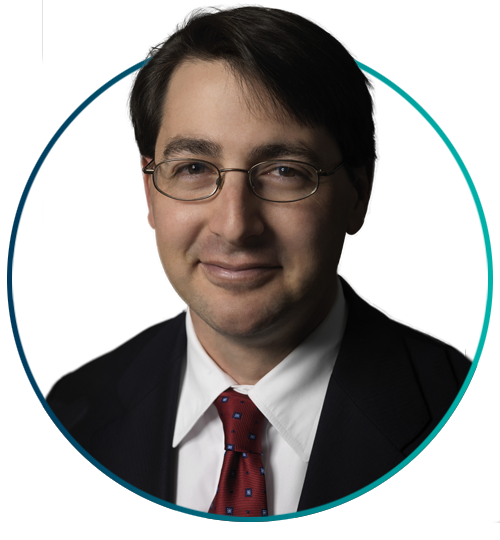As T+1 settlement approaches, is your business ready to capitalize on the opportunities presented by this transition?
The world’s largest capital market, the U.S., redefines its settlement cycle with an effective date of May 28, when it will move from the current T+2 limit for most U.S. securities to a one day (T+1) post-execution trade settlement timeframe.
It’s a move that represents a profound development in capital markets and fund operations, not just in the U.S. but globally. Every facet of the market structure stands to be reshaped, from the intricacies of liquidity management to foreign exchange and corporate actions.
Bloomberg Intelligence (BI) [1] recently estimated the move could cost investors more than $30 billion annually. Among other impacts, cutting the days between trading and settlement could cause more securities finance transactions to fail, according to BI, which could leave investors on the hook for around $4 billion.
Understandably, there are concerns.
In a recent webinar CSC experts discussed the move to T+1. In a snapshot poll, the audience said their three biggest market concerns are implementing global operational coverage, reconciliation and exception management, and technology infrastructure updates. Collateral management systems and liquidity management were also cited as challenges.
T+1 settlement will affect fund and asset managers—but they can benefit
During the webinar, we discussed its estimated basis that more than 80% of the activity that most fund and asset managers are doing on T+1 will have to be transferred to T+0 to meet the regulatory requirements.
It’s a major challenge. But challenges are, of course, intrinsic to any transformational journey.
Moreover, in our view, if they proactively manage it, the transition to T+1 settlement presents opportunities for fund managers.
The shorter timeframe is a compelling opportunity to improve processes, consider new counterparty partners, and capitalize on new technologies, all with the aim of realizing far greater operational efficiencies.
Managers will need to adopt cutting-edge solutions for faster trade capture and execution systems, real-time data processing, and secure digital identity verification. Importantly, despite the initial investments required to adapt to T+1 settlement, the resulting streamlined processes, reduced reconciliation efforts, and lower capital requirements will lead to substantial cost savings, in our view.
We believe this long-term cost saving should be front-of-mind for managers when thinking about how to successfully navigate T+1.
What are the solutions available to optimize operations for T+1?
There are many solutions available to capitalize on T+1.
For example, liquidity management strategies. One key approach is to adopt a proactive stance through enhanced cash forecasting. By leveraging sophisticated forecasting models and data analytics, fund managers can gain insights into future cash flows, allowing them to better anticipate liquidity needs and allocate resources accordingly.
Or faster reconciliation and exception management. A smooth stream of information moving from data alone to a holistic, integrated view of reconciliation as a process is central to the modern alternative asset manager’s capabilities. The shift to T+1 will put additional pressure on post-trade operations and require managers to evaluate and intelligently coordinate their people, processes, systems, and data to optimize reconciliation.
How CSC can help
CSC’s experts have decades of experience working with some of the world’s largest and most complex fund managers, providing them with a truly global operational perspective.
In our recent T+1 webinar, we took a deep dive into the key operational issues around the shift to T+1 including insights into how to prioritize and improve certain functions. The webinar provides fund professionals with comprehensive insights into the transition to T+1 settlement and offers strategies to effectively prepare for and improve middle and back-office operations.
See the full webinar here.
Or to read about tools, processes, strategies and scorecards to help fund managers achieve trusted, scalable reconciliation, learn more here.
[1] https://www.bloomberg.com/news/articles/2024-02-28/investors-face-30-billion-cost-hit-as-us-markets-move-to-t-1

